BYD Shark 6 early review and buyer's guide
The BYD Shark 6 is more powerful than a Ford Ranger Raptor and the third Chinese ute trying to compete with Hilux and Triton. The Shark 6 promises affordability and capability, but can it really be a better dual-cab ute?
The BYD Shark 6 is the latest entry into the Australian ute market and offers straight-line performance that will leave a Ranger Raptor in its dust.
Established vehicles like Nissan Navara, the Volkswagen Amarok and LDV T60 are haemorrhaging sales in 2024, while direct rivals like the GWM Cannon Alpha plug-in hybrid, and the 2025 Kia Tasman, the ute market is hotting up.
Your choice of dual-cab ute is becoming increasingly complicated… and, notionally, more affordable.
You can download the official BYD Shark 6 brochure here >>
Let’s break down what we know about the BYD Shark and how it stacks up against the competition, and the reality of owning this notionally hard-working ute.
Firstly, the performance. BYD claims this 2.6-tonne behemoth will do 0-100km/h in 5.7 seconds. That’s almost as quick as the base Porsche 911 Carrera, and not a twin-turbo flat-6 in sight.
The claimed combined range (using the wildly optimistic NEDC rating system) is 800km, meaning more like 700 in the real world.
Secondly, at 5.4 metres, it’s about 87mm longer than a Ranger, as well as wider and taller - and heavier. V6 diesel Wildtrak is 2388kg in kerb weight and the Shark is 2710kg, that’s 322kg chubbier than the Ford. That’s mostly down to the battery and motors, obviously.
The wheelbase is 3.26 metres long - that’s only 10mm shorter than a Ranger - meaning cabin space is not going to be any better or worse. In other words, for significantly less money, the Shark can offer the same amount of legroom as a Ranger, even for 6-footers.
Then there’s the suspension. Independent coil-sprung front and rear suspension on the Shark is unique here, particularly with the rear. Most dual-cab utes are independent in front suspension with a torsion beam and leaf springs for the rear for payload carrying that distributes the load across two fixed points on the chassis, per side.
Independent suspension tends to be better on-road and unladen, or lightly loaded, but it is a little compromised off-road or when maxed out or when towing very heavy trailers. This explains the lower braked towing capacity of 2500kg for the Shark, and the limited 850kg of payload - although that’s still a significant amount of weight. That’s a potential 5210kg combination.
The Shark’s tray, according to BYD, is 1520mm long (Ranger’s is 1547mm), 1500mm wide (Ranger’s is 1584mm, or 1224mm between the wheelarches), and 517mm deep (Ranger’s is 529mm). Shark’s maximum tray volume of 1200 litres is 2 per cent less than the 1233 litres in a Ranger. The Shark is also 77mm taller than a Ranger Wildtrak.
Of course the BYD Shark has also beaten Ford’s efforts to have a plug-in hybrid in the Australian market by 2025, so there’s that.
FEATURES & PRICING
When the Shark launches at the end of October, it’s expected just one model grade will be available, called the ‘Premium’. How original. It aims to be about $3000-4000 cheaper than a Ranger XLT or Hilux SR5.
BYD is asking just $60,300 driveaway for one model grade (thus far), called the ‘Premium’ simply enough.
Shark Premium includes:
8-way electrically adjusted driver’s seat, 4-way electrically adjusted front passenger seat
Heated and ventilated (cooled) front seats
Leather steering wheel
10.25-inch LCD driver’s display
Head-up display
15.6-inch portrait/landscape rotating infotainment touchscreen
12-speaker Dynaudio stereo system
Hydraulically assisted tailgate
3 x 230-volt/10-amp power outlets (max. total 6.6kW)
4-tier drive mode selector
Satnav
Apple CarPlay and Android Auto, DAB+
Wireless phone charging
Dual-zone climate control (incl. rear vents)
DAB digital radio
Expect a sunroof to come in future model grades, as an even more premium feature.
Mechanically you get:
Engine: 1.5-litre turbocharged petrol engine | Power: 153kW | Torque: 260Nm
Battery: 29.5kWh blade type | Motors (front/rear): Permanent magnet synchronous | Power: 170kW (front), 150kW (rear) | Torque: 310Nm (front), 340Nm (rear)
Combined outputs: Power: 321kW | Torque: 650Nm
18-inch alloy wheels (w/ full-size spare) | 265/65 HT tyres
Ventilated disc brakes front and rear
Double wishbone suspension front/rear with coil springs
ENGINE
What BYD has done with the Shark might be the most revolutionary aspect of this vehicle entirely. The combustion engine, the 1.5-litre turbocharged petrol unit (mounted longitudinally), does not drive the wheels as the primary source of tractive effort.
The 29 kWh battery powers two AC electric motors, one for each end, and that’s what’s driving the wheels under the majority of driving conditions. Total power output of the two motors is 321kW. That’s class-leading. As in, 78 per cent more power than the Ranger Wildtrak halo ute. And being electric motors, the power delivery is, virtually, instantaneous.
What’s unique about the Shark 6 is more than just the permanent all-wheel drive, it’s how actively engaged in the driving process the battery-motor side of the powertrain is.
If you put your foot down on a steep hill to overtake a truck, the turbo-petrol engine will kick in to both charge the battery to power the motors, but also provides drive at speeds above 70km/h. up until that point, according to BYD, the battery is powering the motors to turn the wheels, preferencing the front until additional rear drive is needed.
The combustion engine does drive the front wheels above 70km/h, but not having a gearbox to sync the road speed with the flywheel, there is simply a clutch that can only be engaged at the low-RPM/high road-speed threshold.
To put it simply, the battery-motors (front and rear) do, generally speaking, all of the major work driving the vehicle, up to that 70km/h threshold, where the 1.5 turbo-petrol engine is used to both top up the battery and directly drive the front wheels.
BYD says the battery and motor will:
drive the vehicle in a variety of driving conditions, such as starting, reversing, idling, accelerating, driving at a steady speed
Think of this as a series plug-in hybrid for the majority of the driving, ‘series’ being that the engine operates in series behind the battery-electric side of the powertrain. As opposed to the ‘parallel’ type which is typical of Toyota and Hyundai where the battery-motor kicks in to assist the combustion engine at high-load/low road-speed driving, such as acceleration from stationary.
But it will do the parallel thing as well. BYD says that when the charge stage is high or the power demand is low, the engine does not start, and the vehicle prioritises all-electric driving mode.
With a 60-litre fuel tank, there are claims being thrown about that an 800km driving range might be within the realm of possibility. Take that with the typical grain of salt with any other carmaker’s fuel economy claim, because that’s using the NEDC economic standard, which is widely regarded as being quite optimistic. Expect more like 700km in the real world with your lead foot and some cargo on board in modern metro cities.
TRANSMISSION
Single reduction gear transmissions are great for relatively mundane vehicles that commute in stop-start traffic. But how do they work as a notionally hard-working light-duty workhorse when towing a tool trailer?
We don’t know because the Shark and rivals like the GWM Cannon Alpha plug-in hybrid are so new to market, there simply hasn’t been that many on the roads running this kind of experiment.
Hypothetically, the immediacy of the EV side of the powertrain is great for towing with full tractive effort available from zero, and given that the energy used in that process is potentially sourced from recovered kinetic energy captured from braking, coasting or slowing down makes for a very efficient powertrain.
But with a 2-tonne trailer on the back, and potentially a couple hundred kilos of equipment or supplies in the tray, plus you and your accoutrement in the cabin, it remains to be seen if the Shark’s transmission can cope with the additional load going downhill during the height of an Australian summer while also recharging the batteries.
Early images coming out of BYD-sanctioned media events suggest the clever transmission, that runs in all-wheel drive constantly, does have some potentially decent off-road capability.
TOWING
We might have the basic towing figures for the Shark, that is, 2500kg of maximum braked towing capacity and an 850kg payload limit, but what we don’t know, and won’t know until it arrives, is whether Shark can tow.
That doesn’t mean ‘Can it tow a trailer"?’, it means, we simply don’t know how it behaves or misbehaves under a typical towing assignment. Two tonnes is not a small amount of weight to put behind a vehicle, connected by just a 50mm towball. So 2.5 tonnes is another 25 per cent and the vehicle needs to be able to cope.
Cope not just with having the load there, but under braking, cornering and acceleration. We won’t know until late-2024 or early 2025 (when some kind of volume starts to hit the road) whether it has the underpinnings to remain in control as the prime mover.
The brakes could lack the power to pull the combination up, the rear suspension might struggle to cope with 2.5 tonnes out back and 250kg pressing down on the towball. The dampers might struggle to prevent the the bump stops hitting under bumpy driving conditions. Perhaps the transmission and motors could lack the fortitude to not have a meltdown when towing on a long uphill freeway at 80km/h on a hot day.
Cooling could be problematic for the motors, battery and ambient Australian summer driving conditions. Or it could be electronically fallible, such as having an overly aggressive trailer sway control - whatever.
We simply won’t know until it arrives in earnest.
OFF-ROAD
With dimensions so close to the Ranger, it should be no surprise that it has effectively the same clearance when it comes to off-roading. Minimal unladen ground clearance is 230mm - that’s just 4mm shy than Ranger Wildtrak, 36mm less than the Hilux Rogue, and only 10mm less than the D-Max X-Terrain, while beating Triton GSR by 2mm.
The Shark’s approach angle of 31 degrees is 1 degree better than a Wildtrak, the breakover angle inside the wheelbase is 17 degrees (that’s 4 degrees worse than a Ranger) and the departure angle of 19.3 degrees misses out but 3.7 against the Ranger. Still, that’s pretty good against the 19 degrees of departure you get with the D-Max.
Fortunately, the 18-inch alloy wheels are matched by a full-size spare wheel mounted externally under the rear, which is good for regional touring and getting home from a fully-laden family holiday on correctly sized rubber at highway speeds.
As for the driveline, there aren’t actually any differential locks. No fiddling around with buttons or switches for low-range or high-range, but rather letting the traction control mapping and on-board computing software do the work for you. Time will tell how competent it truly is, and for what it’s worth, BYD claims its engineers have done over 1.5 million kilometres of testing on Australian roads.
The turning circle is 13.5 metres, which is about half a metre more than a Ranger, three quarters of a metre more than a Triton, and roughly two thirds of a metre more than the Hilux. While this might seem trivial, or even petulant pitting Shark’s turning circle against these three big-name utes, this is the competition BYD wants to slay and clearly their ute isn’t as articulate in the steering department.
Having said that, there are two selectable steering modes, one that favours light on-road driving and a second that is calibrated for sportier off-road driving when you want feedback and weight to the inputs you make. But the ultimate version to arrive in showrooms remains to be thoroughly tested. If the steering weight is too heavy, it’ll be exhausting for low-speed off-roading.
The four selectable off-road modes for varying terrain types will re-map the traction control settings to suit the notional grip available to the 10-inch Continental highway terrain tyres purportedly coming standard.
Wading with two big fat electric motors and an LFP battery mounted between the ladder-frame chassis rails is a question waiting to be answered by the off-roading aristocracy.
Something as simple as dust ingress could easily become an issue for an inexperienced brand here in Australia - just look at the dusting issues with the LC200 and that was with Toyota seemingly at the peak of its powers.
For all we know, the Shark could be perfectly fine with wading through water with its hybrid battery, and yet be completely flummoxed by the outback’s notoriously fine red bulldust getting through filters, entering through seals and joins, or even just wreaking havoc with the electrical system or blocking cooling infrastructure.
I'll help you save thousands on a dual-cab ute
Just fill in this form.
No more car dealership rip-offs.
Greater transparency.
Less stress.
SAFETY
The BYD Shark 6 has scored a five-star ANCAP safety rating and ours is the only market which has, at this point, physically crash tested this vehicle.
What’s immediately apparent about the Shark 6’s performance is how its weight plays such a pivotal role in protecting its occuants. It’s just too bad for the Kia Picanto or Mazda 2 that you crash into, because as demonstrated in the frontal offset set, the Shark will demolish smaller vehicles.
Source: ANCAP
Notice how the Shark’s front bumper tends to corral the sled underneath the front wheel (somewhat typical of taller vehicles like 4WDs and utes), until it hits the primary chassis structure. At which point, the overwhelming kinetic energy of the Shark forces the sled backwards. Now, potentially, that could cause a secondary accident by the way it has a slight accelerating effect on the notional ‘smaller’ vehicle which, in the case of the sled, weighs about the same as a Mazda 3 - 1400kg exactly.
The Shark was deducted 8 points for this incompatibility issue with the frontal area.
The main issue here is that there aren’t as many crash structures lower down in the Shark’s frontal area to more immediately impact and slow the sled down upon impact. So the sled’s honeycomb box is hitting more hard components like the wheel itself, and the forward chassis box section.
The Shark 6 has a reinforced chassis structure as part of its fundamental design that makes the large battery, mounted inside the chassis rails, an integral part of the vehicle’s structure. You can see this in two key examples, one being the side impact test conducted at 60km/h, whereby, again the aluminium honeycomb box up front of the sled is completely crushed flat, like a drink can.
The Shark does have a very strong passenger cell structure that even gives the APV-T crash lab’s wall a run for its money in the full width test.
Generally speaking, the Shark does perform quite well in both the destructive crash tests and the collision avoidance tests.
It manages to avoid the pedestrians, bicycles and motorcycles in the majority of test scenarios, however was marked down for the child running obscured test where the dummy begins obscured by a vehicle before moving out into the vehicle’s path, in both day a night scenarios. The Shark scored ‘marginal’ and ‘weak’ in respective scenarios.
Of a more important note for vulnerable road user deductions was in the child back-over test at 4km/h and 8km/h respectively, in particular with the stationary dummies at various offsets (25, 50 and 75 per cent offsets). In these scenarios the Shark was scored as ‘marginal’, only deducted 1 point out of 2.
What’s a caveat to this test result here is that the majority of child-related vehicle deaths in Australia occur in the driveway at home. When the dummy was moving into a 50 per cent offset position with the Shark, the vehicle stopped, which is a relief.
But one glaring issue with the Shark’s collision avoidance features was the lane keeping system, in particular, the emergency lane keeping in a particularly relevant test to Australian ute buyers. See if you can spot the transgression:
Source: ANCAP
Seeing the BYD Shark notionally run off the road doesn’t render it some safety deathtrap. In fact it just validates the rest of the Shark’s impressive safety underpinnings and capabilities.
Having said that, keep in mind if you are a tradie considering one of these, that you absolutely cannot rely (even somewhere in the back of your subconscious) on the emergency lane keeping system to keep you on the road entirely in these types of driving roads.
Regional sealed roads with unmarked soft edges of either gravel, grass or dirt present a tangible challenge for the software. But on balance here, the system does actually correct the vehicle at that critical 50 per cent overlap point, and without aggressively jerking the vehicle back into the blacktop which could unsettle the vehicle in the case of towing a moderately heavy trailer. Instead the lane system gently and gradually nudges the nose back towards on-centre of the lane.
One last observation relates to motorcyclists in a fairly particular test in which the Shark at 60km/h has to overtake a motorcycle at 50km/h with nor more or less than one metre between the bike’s front wheel and the vehicle’s back wheel. When conducting the lane change, in two scenarios that are ‘unintentional’ and ‘intentional’, the emergency lane keeping system is supposed to cut in and mitigate the lane change.
The Shark was marked red/‘poor’ for this overtaking test, but scored green/‘good’ for plenty of other motorcycle related tests.
INTERIOR
Expect faux-leather seats, the big 90-degree rotating LCD touchscreen with no binnacle or dashboard shroud to prevent epic reflections and glare from the harsh summer sun, but there is something missing. The usual low-range gearbox and rear-differential locking procedures for four-wheel drive are absent. We’ll get to that.
HVAC controls are only accessible via the touchscreen which is a deeply problematic design flaw in the event the screen fails and the HVAC system is needed for driving the vehicle. Defogging windows, cooling the cabin or activating the recirculation is all critical for driving regardless of whether you can access the screen’s navigation, phone, or stereo system.
Buttons cannot be beaten for this reason, which is why there is still a button for tunning the AC on/off, but good luck figuring out what mode it’s in if the screen blinks. And if you’re not into using the voice assistance function to turn on the air-con or demist the windows, possibly because those voice-command systems are, traditionally, pretty useless, you might have to resort to a chamois or opening the window/rugging up.
Despite having the steering wheel on the wrong side on its website, the BYD Shark being from a left-hand drive market of China, it does offer the kind of premium-feel interior that has really only surfaced in the established ute models in their current generation (or late in their previous generation models).
It’s not all good news due to their locating of the media and communications steering wheel controls on the right-hand side of the wheel, and cruise control/driving functions on the left side of the wheel. The reason this is a mismatch in out market is because convention and human factors suggest driving/vehicle operations should be on the right and secondary entertainment/comms functions should be on the left (to match their location relative to the driver).
It also prioritises the majority of the population that is right-handed drivers to ensure their better-coordinated right hand is the one focussed on controlling the vehicle.
There are USB points in both -A and -C types, as well as a 230-volt AC plug in the rear, plus air vents back there, and even a rear seatback that reclines. And finally, a notionally off-road ute that offers passengers a thigh-height grab handle in addition to the roof-mounted one.
Not having a vibrating, oscillating turbo-diesel engine under the bonnet means that at idle, the battery-motor combination is perfectly silent. And legroom is just as generous as a Ford Ranger thanks to that wheelbase.
ACCESSORIES
A range of factory-fitted accessories can be bought at the same time as you purchase the Shark 6 - so you’ll never need to take delivery and then shop around at ARB or whichever of the dozens of 4WD brands and stores to find the one that fits.
BYD says the standard ‘Deluxe’ bullbar comes with:
Aluminium 4mm construction
Triple hoop design for ultimate protection
ADR compliant and crash tested
Winch cradle and mounting points
360° robot welding
Black powder-coat finish
2 x 5-tonne recovery points
And you know you’re already thinking about ticking this box, aren’t you? This is, of course, the inherently risky nature of buying anything - especially vehicles - online.
Without having put your hands on the vehicle, kicked the tyres, tapped the bullbar and inspected the welds and powder coating yourself, it’s hard to know what kind of quality you’re getting.
But it does look like this:
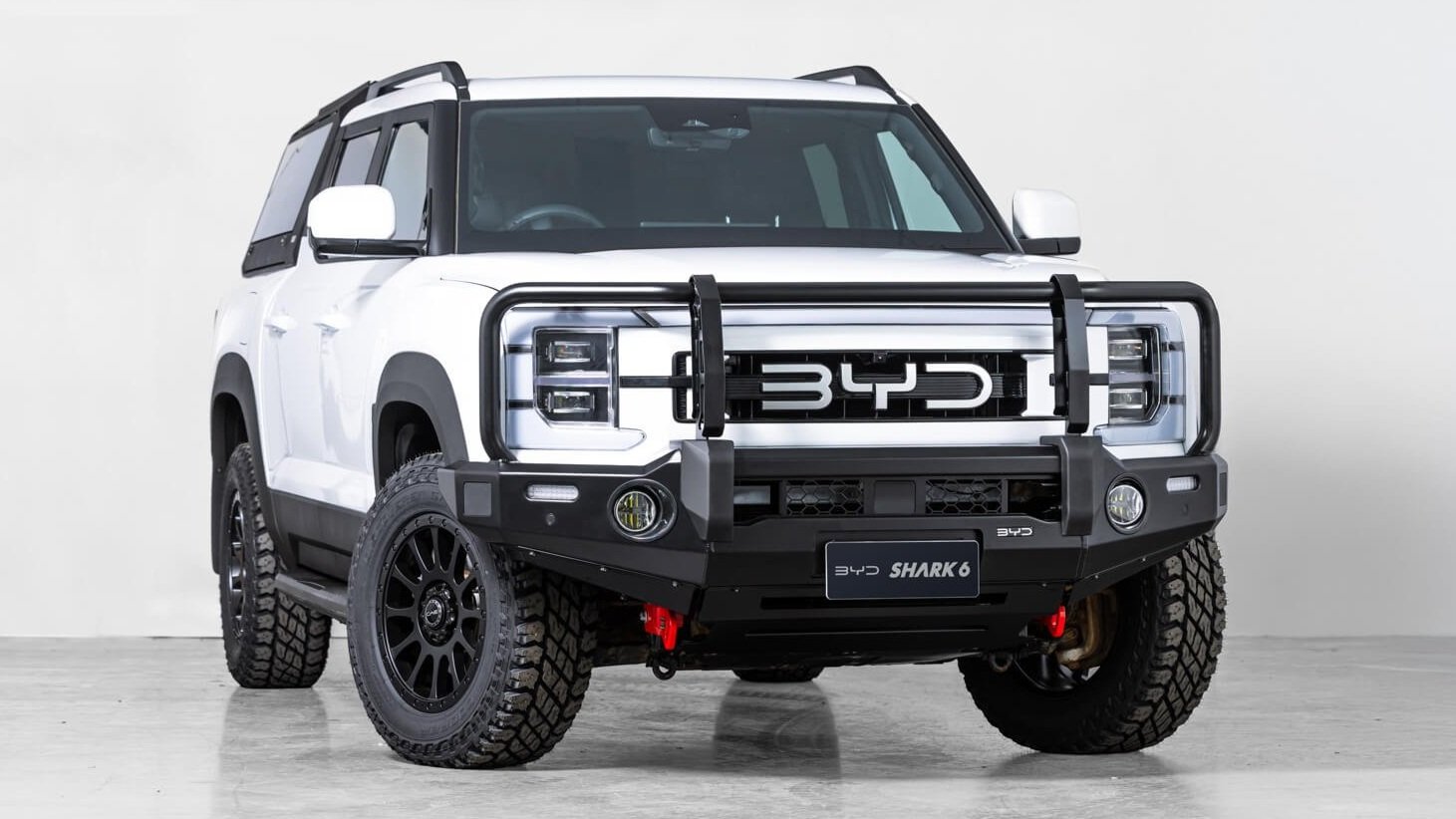

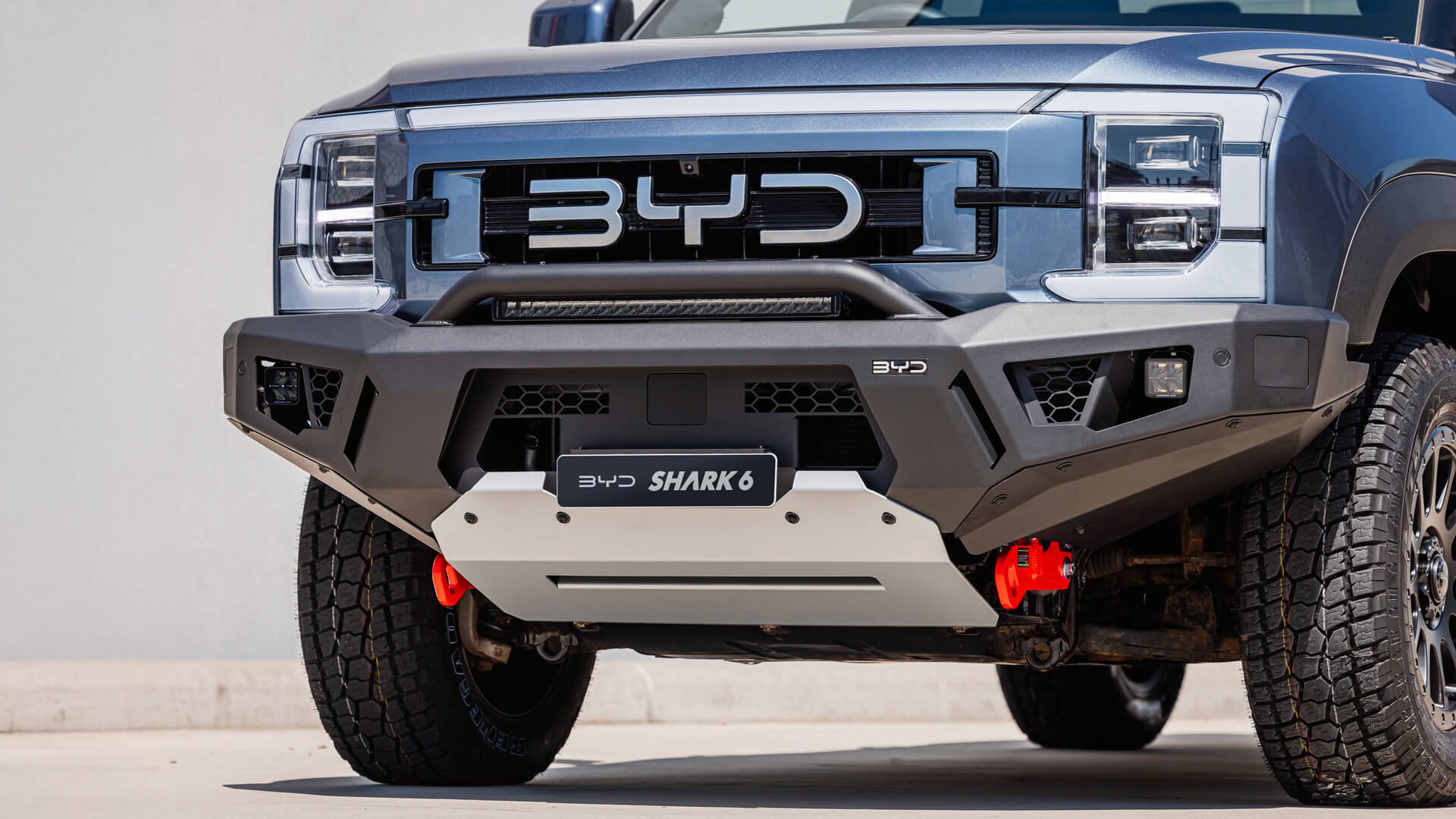
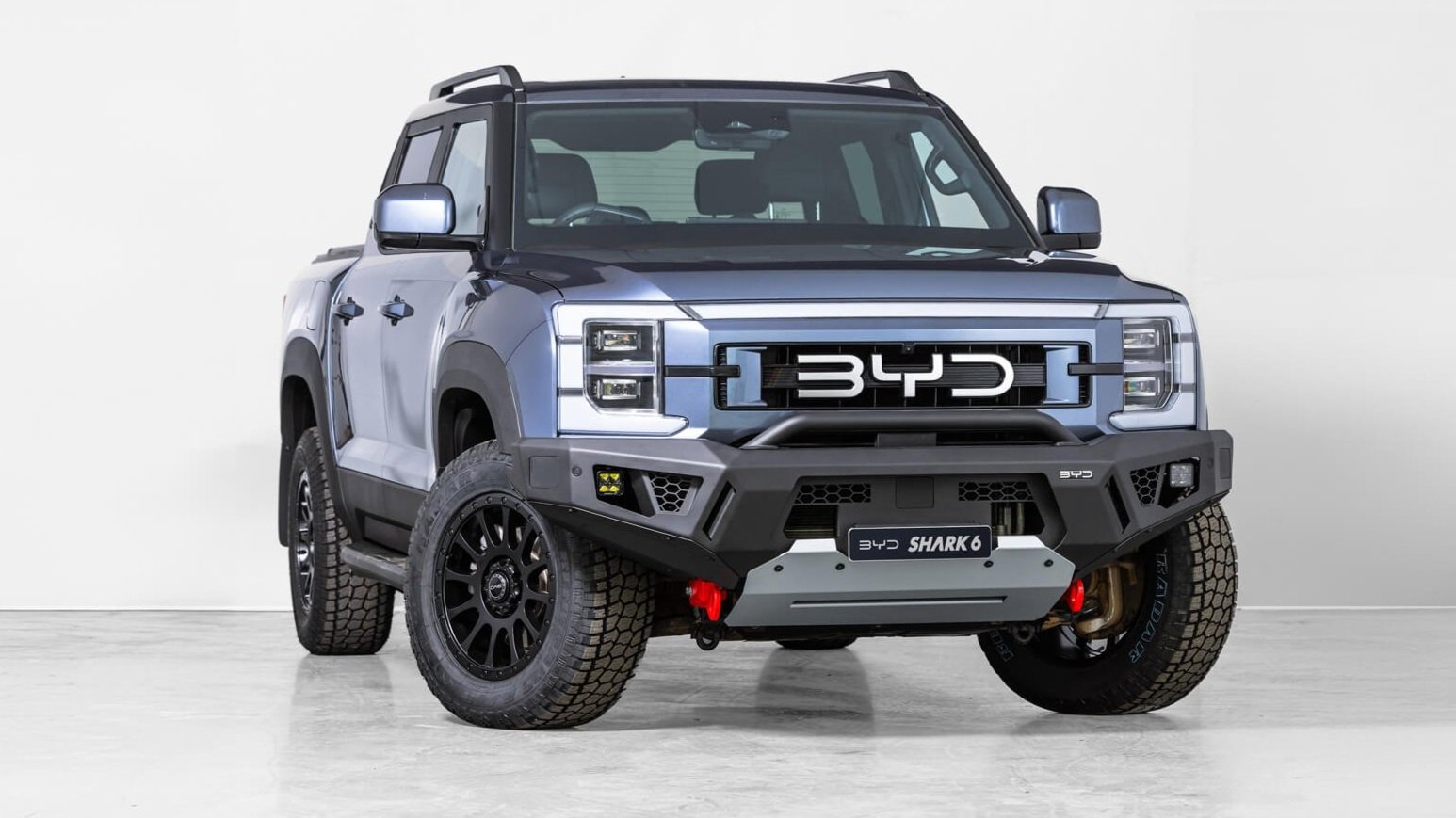
There are two kinds of rear sports bars for the tray, including a standard ‘hoop’ design which adds additional tie-down possibilities for things like fridges or furniture.
Then there’s the side-plate style sports hoop that reduces turbulent airflow inside the tray around the corners near the rear cab. This is useful for reducing the ability of turbulent air to carry loose landscaping supplies like mulch, soil or gravel out of the tray.
Alternatively there is the choice of two canopies, either with lockable panels for storage or glass windows. Or you could choose the roll-top tonneau cover instead.
Again, this is to order when you spec the Shark 6 online, meaning it arrives already kitted up and ready to work.
DRAWBACKS
There are several potential drawbacks to buying a BYD Shark at this point in the game - or at least for the first few years of its deployment into the market properly.
Firstly, there’s a bigger umbrella issue of BYD’s unknown brand longevity and presence in the Australian market. BYD is the fourth Chinese brand to kickstart its enterprise in our comparatively small new car market of just 1.1 million new vehicle sales annually.
After 10 years of trying to sink their heels in, Great Wall Motors (GWM) still cannot manage 10,000 annual sales with the Cannon, nor can LDV with the T60 ute, and only MG with the ZS has managed to have a significant presence in the top 10 models.
We just don’t know if BYD is going to be here long-term, particularly in the ute market. That has implications for parts, servicing and warranty obligations, and they still don’t have a bone fide dealer network. Instead, relying on co-ops with MyCar and Uber.
Early-days in customer support history is also a factor here. We simply haven’t been running the BYD experiment long enough to find out if, when components fail under warranty, whether BYD does the right thing - or tries the ‘what can we get away with’ trick.
Unknown reliability and build quality is therefore an issue, because this is the first ute gestation from BYD, the first time for a plug-in hybrid ute - utes of course being hard-working vehicle that typically are required to take a lot of punishment - so we don’t know how well made this thing is.
Early BYD Atto 3s had reported rust issues, Isuzu D-Maxes have a tendency to rust if they spend too much time near salt water, the Toyota 2.8 diesel had those fateful DPF 5th-injector related issues, the early Rangers had driveshaft vibrations. So it’s not outside the realm of possibility that the Shark could be a nice-looking, well-priced dog with fleas.
Unknown safety is a factor. ANCAP hasn’t tested this vehicle yet, nor has EuroNCAP (more to the point), and nor has the IIHS in North America.
We don’t know if the tuning of steering and suspension components was done by the intern or if they employed actual engineers to get it right by testing on Australian roads, under varying loads.
We also don’t know if the Shark can even cope in our market, like with our crap, broken roads and extreme heat under harsh load conditions. What’s it like to swerve around or emergency brake for a kangaroo? Don’t know.
MAIN COMPETITORS
FORD RANGER
Ranger is the most popular vehicle in Australia for a very good reason: it’s dripping with sex appeal, and it’s the only mainstream ute with a big V6 diesel. (VW Amarok shares Ranger’s fundamentals, but it’s just a rebadged, overpriced clone with terrible VW customer support.)
Ranger V6 is what you buy for maximum platform performance and in V6 XLT form it’s a solid multi-purpose work vehicle and family conveyance. It does everything pretty well and that’s why they’re everywhere, including in your rearview mirror.
As a workhorse, a solid tow platform, and off-road credentials are offset by Ford’s unreliability and flaky customer support, which is where the BYD Shark has an opportunity to take a bite out of Ranger’s sales dominance.
Fortunately for Ranger owners, resale value seems strong and certainly the Shark is going to struggle in this aspect as well as Ford’s ability to flex 3.5-tonne towing limit. However, that kind of towing is ill-advised for safety/stability, but expect strong performance, even when towing and/or carrying heavy loads.
TOYOTA HILUX
When it comes to resale value, nobody beats Toyota, especially in Australia - and it’s hard to see the BYD Shark upending that legacy.
Reliability, it must be acknowledged, is also a strong suit for Toyota, and again it remains to be seen, over the longer term, whether a BYD Shark will be as reliable as a Hilux, or even a Ranger. But the Shark does look set to put pressure on Toyota’s ability to charge over $65,000 for a nearly 10-year-old platform.
But Shark’s inability to take more than 850kg of payload does lower the safe working limit which, compared with a Hilux SR to SR5 of 940kg, is a drawback for anybody that needs their ute to work near the edge of its limitations.
The off-road ute community does also like to work on their vehicles which, to a certain degree, is still possible with a diesel Hilux in 2024. Can’t do that with a BYD Shark, for obvious reasons. It’s hard to see the Shark putting much of a dent in the religious following Australians have for both Toyota and the Hilux. After all, faith is blind, for better or worse.
MITSUBISHI TRITON
The Triton remains the best value ute on the market. It’s about $10,000 cheaper than rivals like Hilux and Ranger. You’ll save five figures on a Triton GSR over Ranger Wildtrak and the 400kg gain in braked towing capacity has levelled the towing field.
Select II transmission continues, allowing 4WD activation below 100km/h and use of AWD (4H) on high-traction surfaces. This is great for well-maintained gravel roads, steep driveways, wet sealed roads, icy conditions, and tracks.
The 2.4 turbo-diesel is powerful thanks to now bi-turbo forced induction, but 150kW is literally half of what the Shark offers. The once conservative 3100kg towing capacity is up to a brag-worthy 3500kg, but the macho towing arms race with other brands doesn’t mean you have to follow in a 2.2-tonne Triton. Having said that, it’s 500kg lighter than the Shark.
Similar wheelbase, dimensions and tray specs to the Shark mean load carrying is no better in the BYD, and yet a top-spec Triton looks like it’ll be about the same price as the Shark. Heavy duty suspension is also available for serious workhorse duties, which the Shark simply can’t match. But while Triton runs rear drum brakes, the Shark does get disc brakes on all four corners.
GWM Cannon Alpha
If you thought the 140kW 2-litre bi-turbo 4-cylinder diesel engine in a Ranger was highly strung (which it is; meaning it makes a lot of power for such a small-capacity engine, meaning wear/failure rates increase) then the Cannon Alpha is something else entirely.
Making 180kW (the same as a Ranger V6) from a 2-litre 4-cylinder, running on 91 RON fuel, with a hybrid battery/motor system, and weighing almost 2.6 tonnes, seems like a dubious power claim. The fact peak power is coming in at 550RPM and only producing 380Nm of torque means it’s slow. Painfully slow. And slow is okay if it has the low-RPM torquey grunt to pull your 2.5-tonne tool trailer.
Well, the problem here is GWM can claim a 3.5 tonne towing capacity with 350kg of towball download, that’s fine (although unsafe in a light-duty passenger ute). But the GVM is 3310kg, and if you subtract the paunchy 2575kg of kerb weight, you’re left with just 735kg of potential payload. Add your 250kg of towball download from the 2.5-tonne tool trailer, you’re left with 485kg. Subtract your weight, and the weight of any additional passengers which could be as many as four, and this Cannon is getting seriously close to its safe operational weight limit.
And it’s going to be revving itself crazy to get up all those hills. Sure, it’s cheap, which is good for light work.
There are now 12 options when shopping for a dual-cab ute, but when the Kia Tasman, and eventually the MG dual-cab ute also arrive, it’ll be a 15-model smorgasbord for consumers like you to figure out.
Not only will this dilute the ute market, but bottom-feeder utes like the SsangYong Musso, LDV T60 and Jeep Gladiator are in big trouble if BYD honours the rumours to sell the plug-in hybrid Shark for under $68,000.
But moderately popular vehicles like the Amarok, Navara and even fellow Chinese-made GWM Cannon - all of which are selling thousands of units fewer than the likes of the big five (Ranger, Hilux, D-Max, Triton and BT-50) - could suffer heavy losses with the arrival of yet another affordably-priced five-seat work ute.
GWM is about the closest thing we’ve got for a case study of how this might pan out for the BYD brand and the Shark’s early sales. Firstly, this thing isn’t called the ‘Shark 6’ because five iterations have come before it. It’s just a name and sure, ‘Shark’ is a name that has bite - pun intended - but the ‘6’ part does not. It doesn’t mean anything to Aussie ute buyers.
They should probably drop the number and just call it ‘Shark’ in the same way GWM should never have even allowed the word ‘Ute’ to be the model name and just called it the ‘Cannon’ from the beginning. Names are important in ute buying, otherwise your mates on-site will make an example of you. Imagine if the Titanic was called ‘Ship’.
The GWM Cannon has struggled to make decent sales volumes, this is despite feeling like you kind of see them everywhere. In actual fact, they sell one Cannon dual-cab for every six Rangers. Hilux outsells Cannon five to one. And the current Cannon is a much newer ute platform than Hilux by about five years, and has been in the Aussie market since 2020.
It’s the same story with the LDV T60, outsold by Ranger seven to one, and down 27 per cent by the end of Q3, 2024, after being on-sale in its current version since late-2021, and the previous model since 2017. The T60 has become a bone fide cheap ute for tradies, but it has not blown the big-name utes out of the sales race.
It’s hard to see how even further dilution of the market with the arrival of the BYD Shark, the MG ute (name TBC) and the Kia Tasman is going to shake the boardrooms at Ford, Toyota, Mitsubishi or Mazda.
CONCLUSION
Just to be perfectly fair here, the BYD Shark could also be a conventional ute smash-hit. Couldn't it?
The Shark arrives at the opportune moment after the current Ranger, primitive BT-50/D-Max and the driver-stalking 2024-launched Triton are all locked in for the next decade but before the absurdly overhyped Kia Tasman and the potentially underwhelming but equally affordable MG ute.
And with the Federal Government’s strict ute-tax emissions regulations coming into effect next year, brands like Isuzu and Ford are going to be in trouble if they don’t sort out their fleet offerings very soon.
With a name like Shark, this could be the ute that inverts the dual-cab status quo before planting a Chinese flag square at the river-crossing entry point at Dingo Piss Creek.
We just have to wait and see.

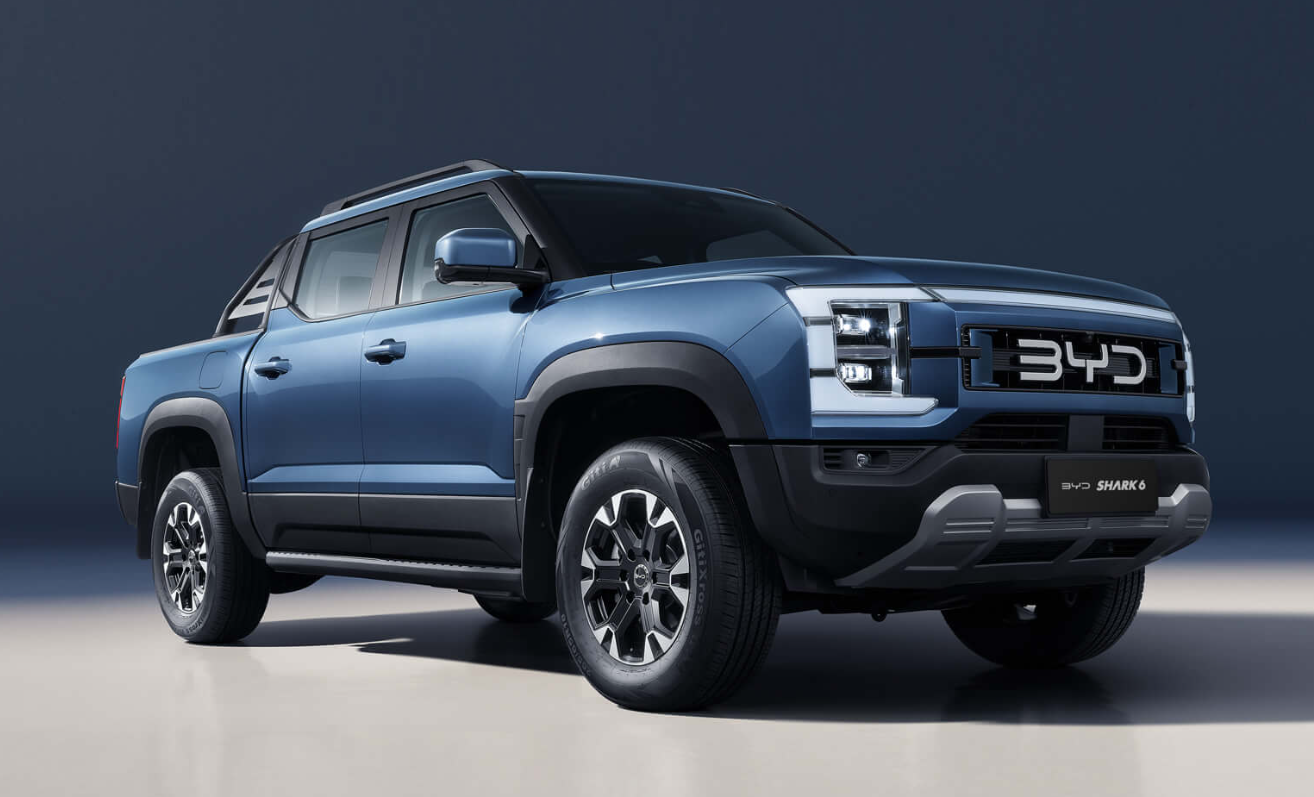
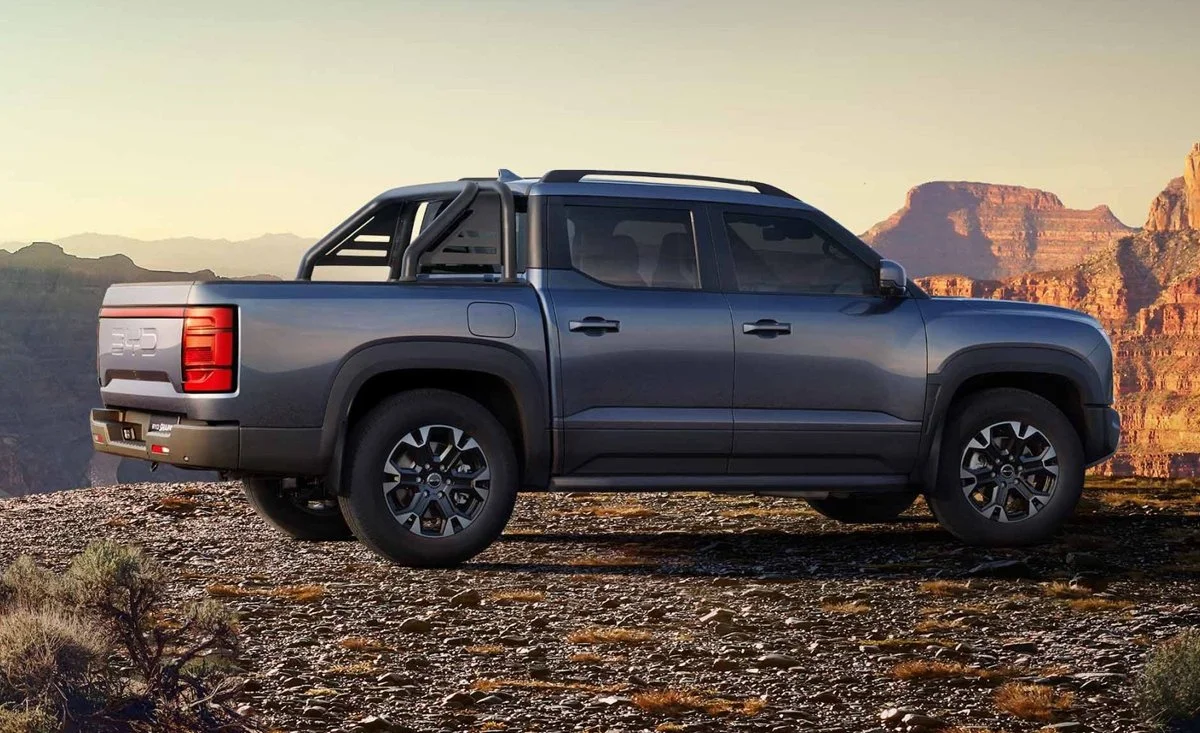
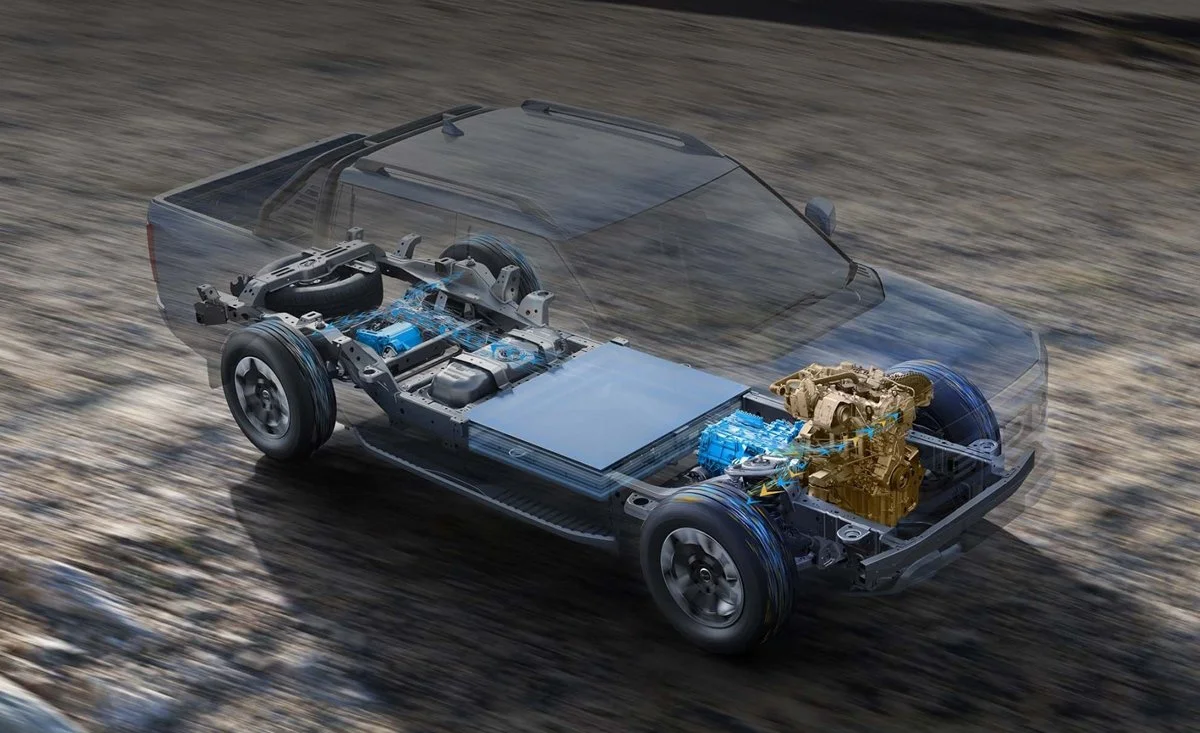

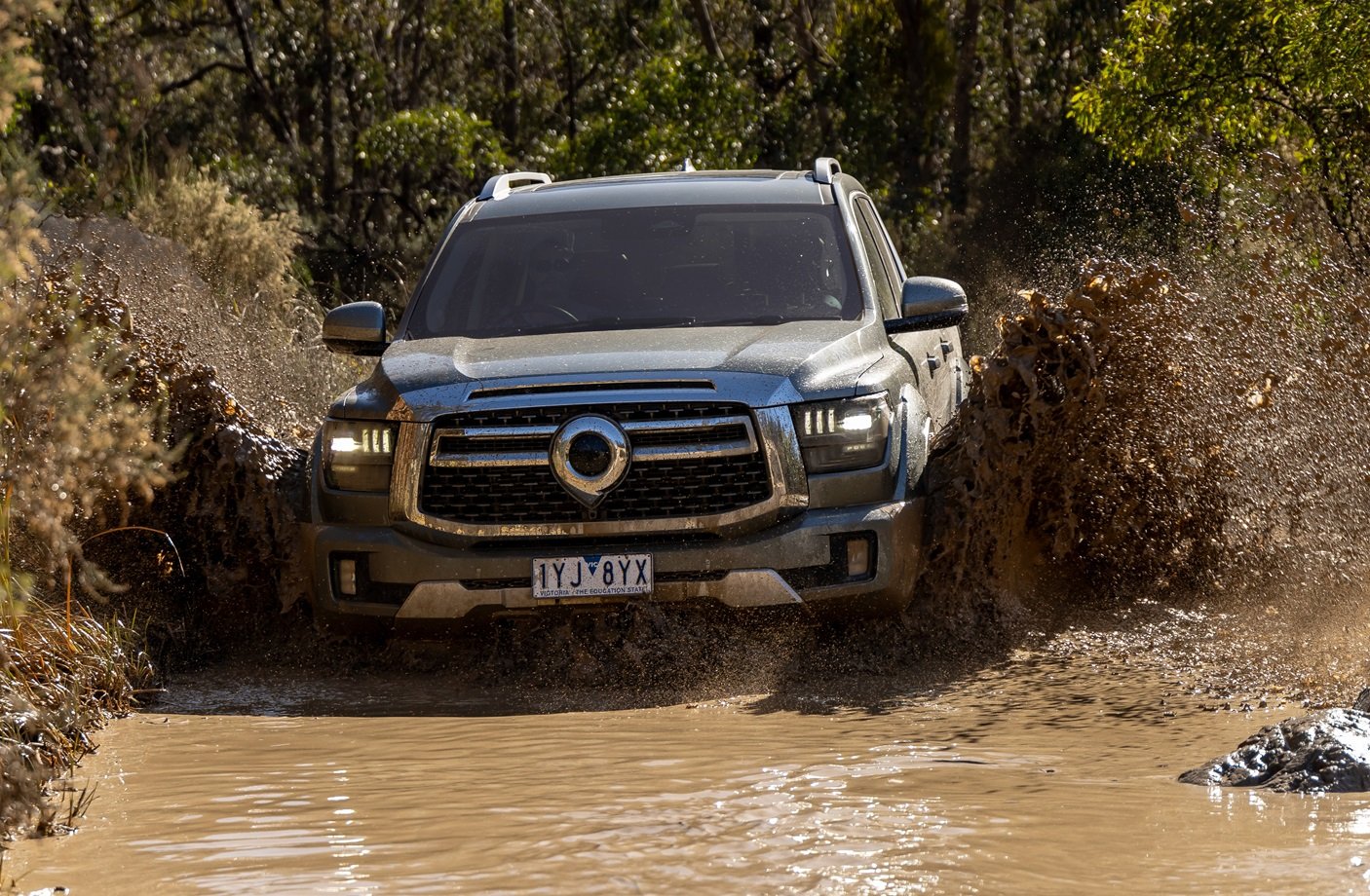
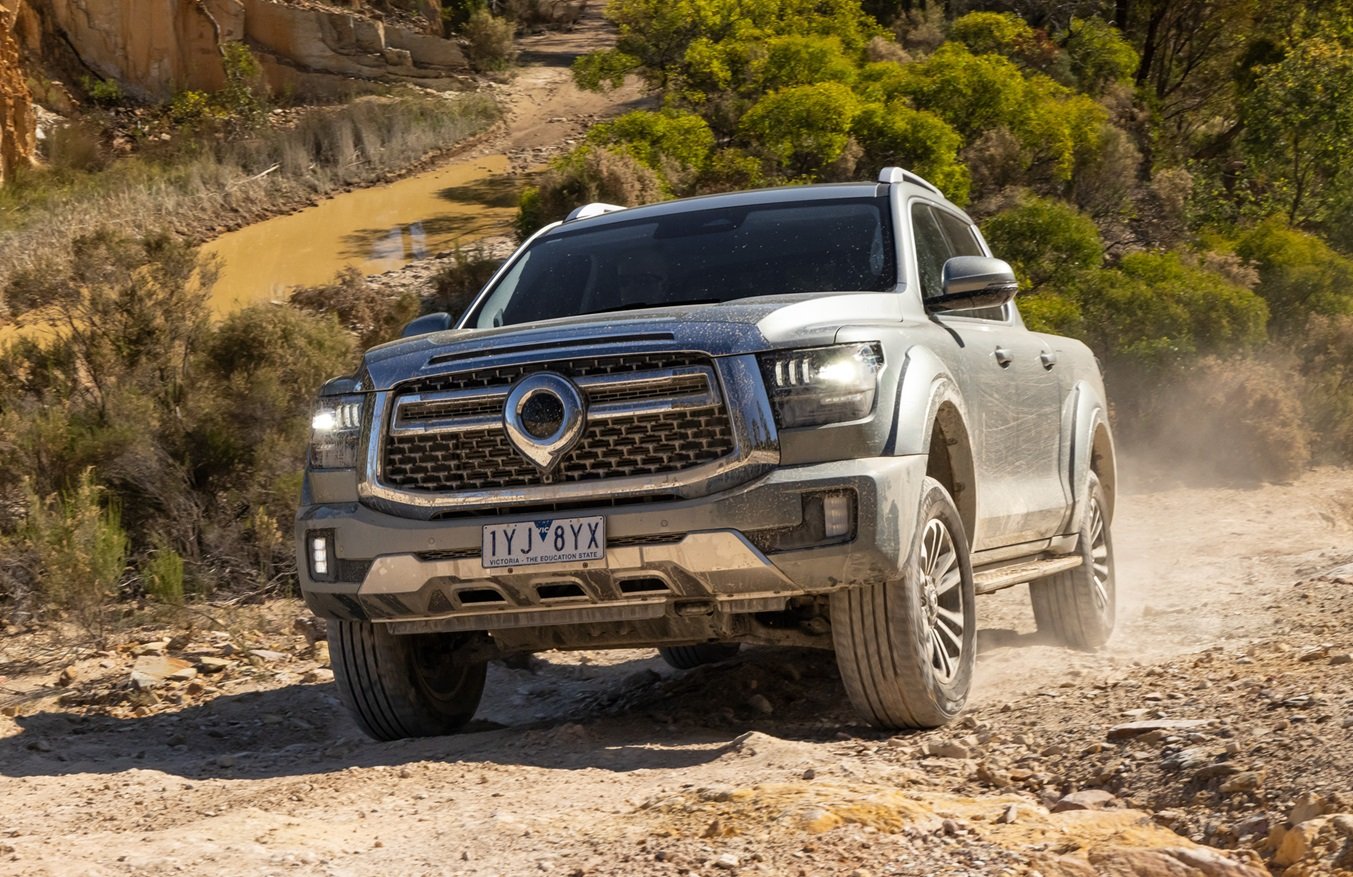
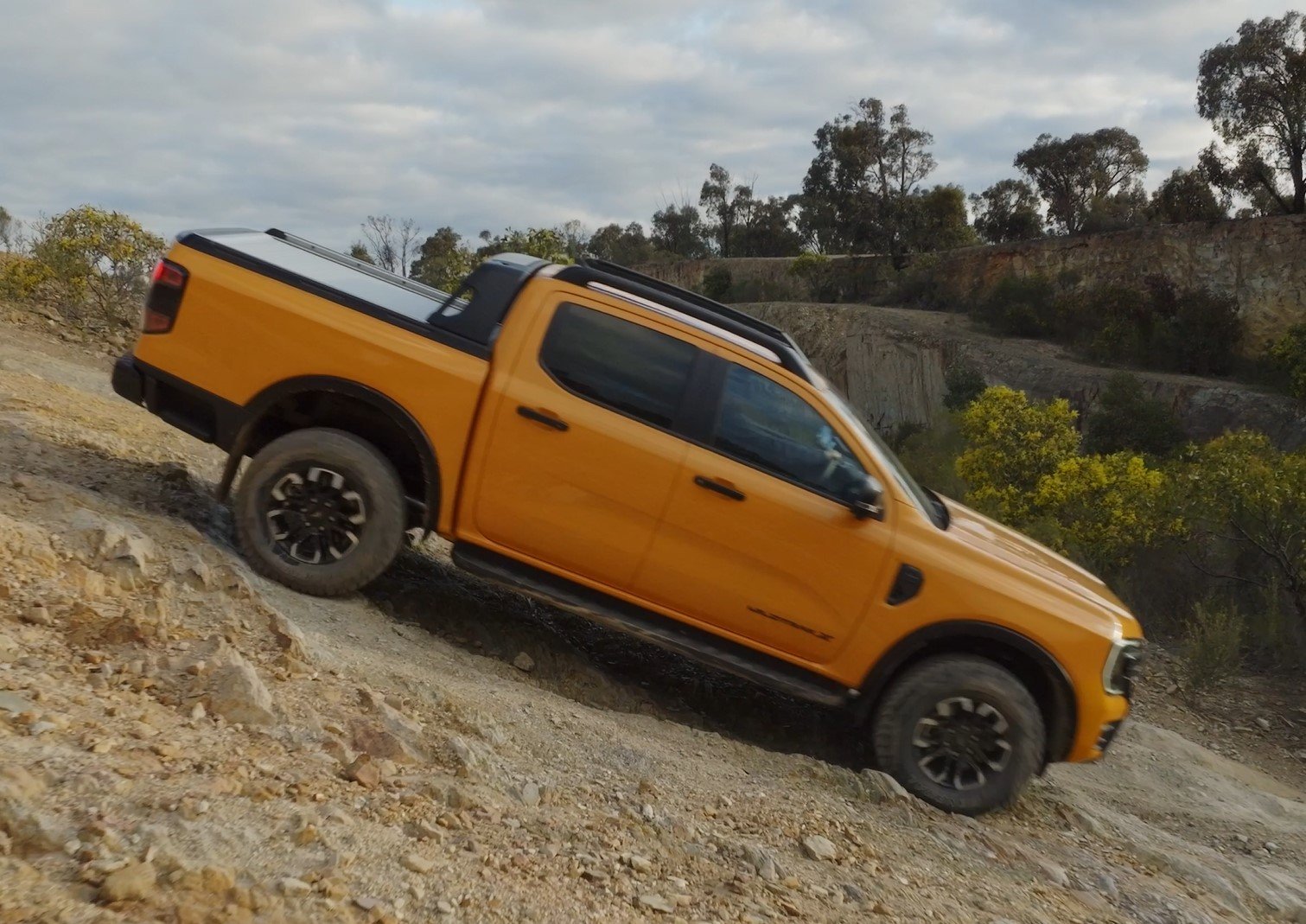
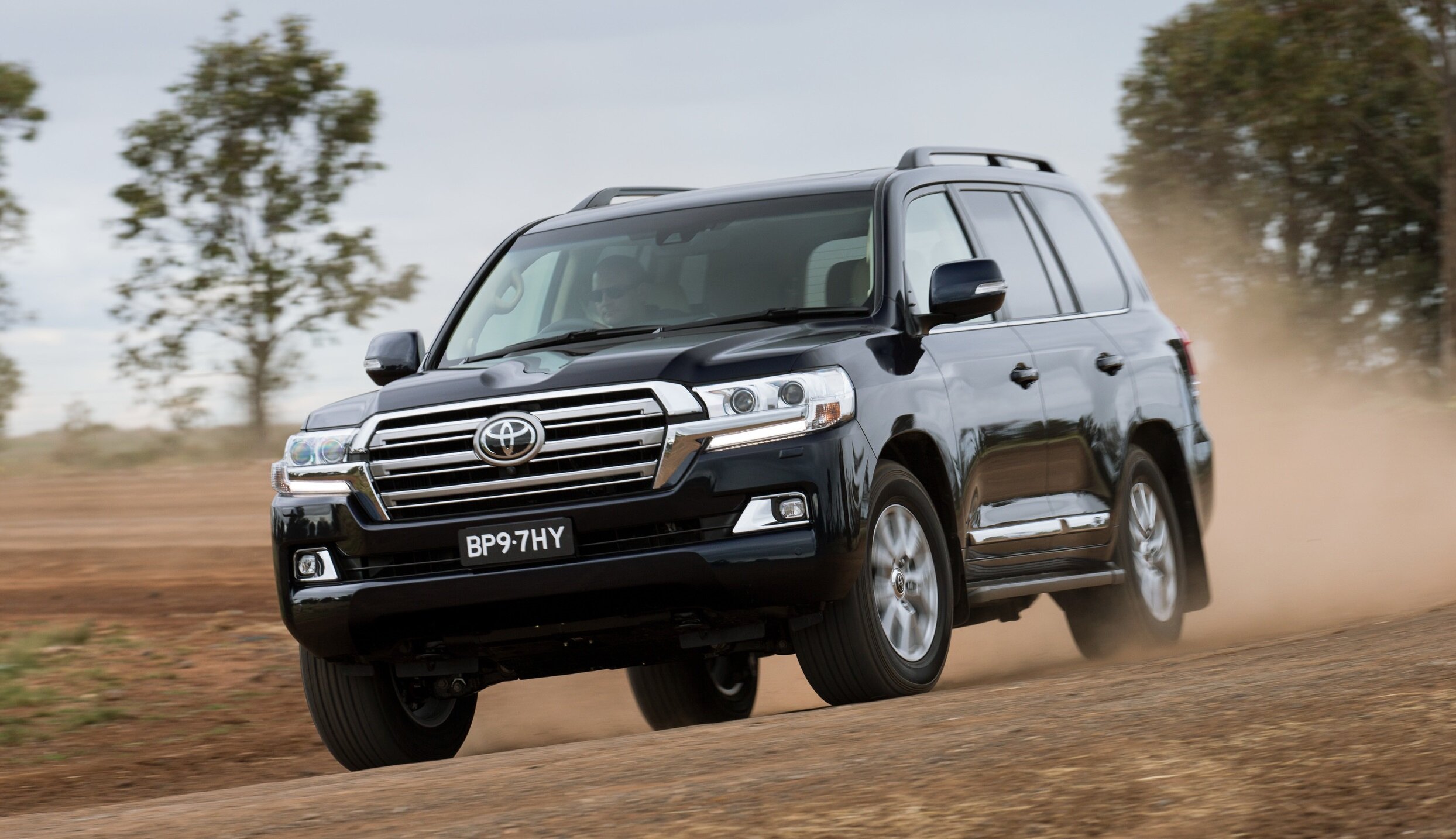
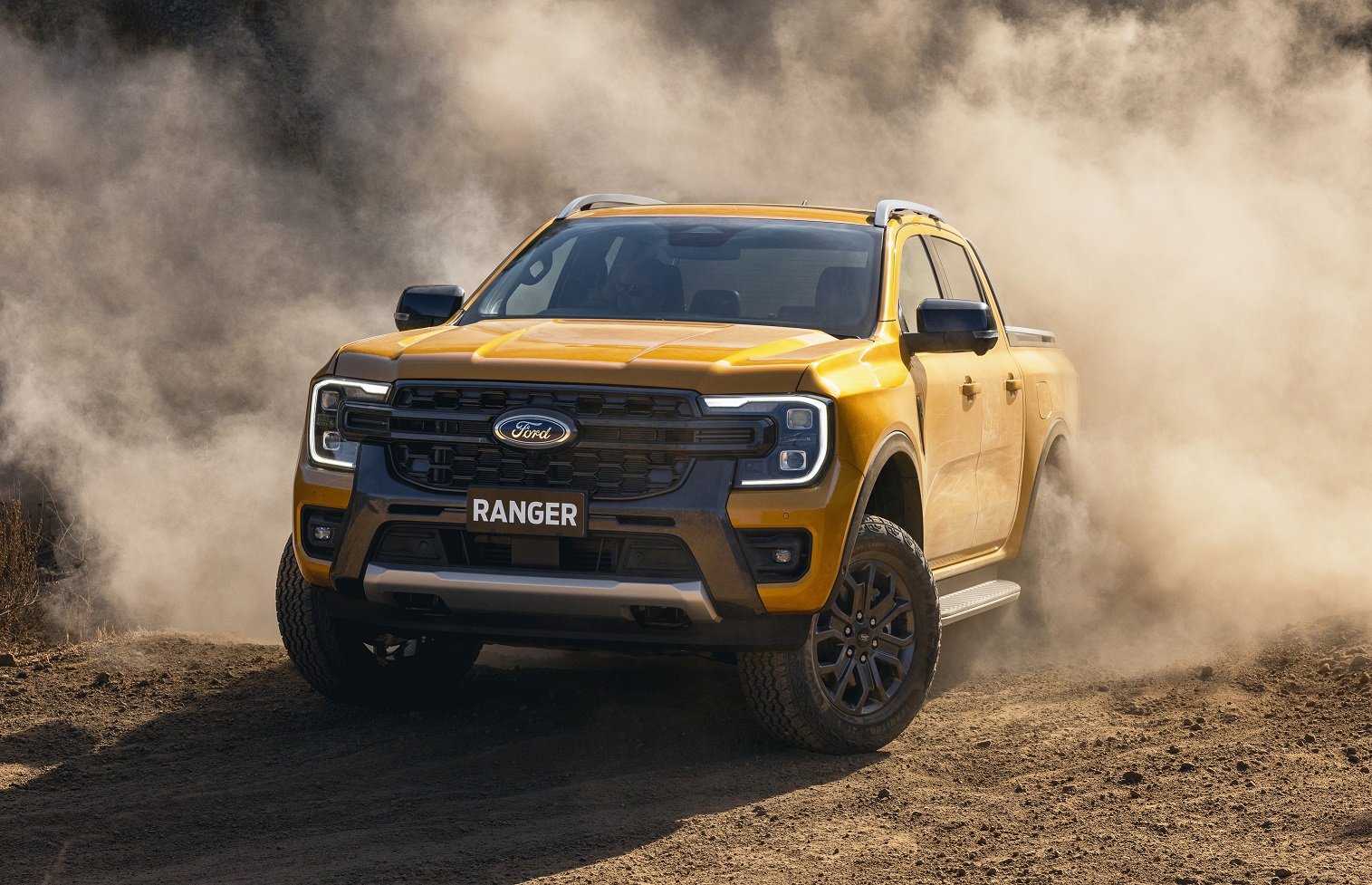
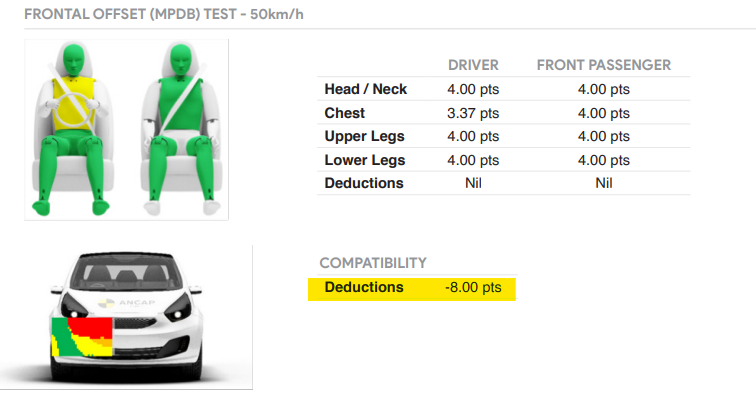

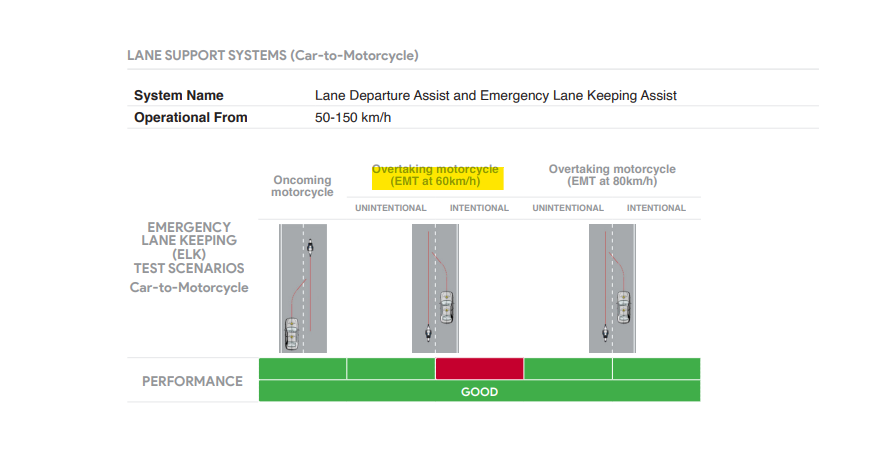
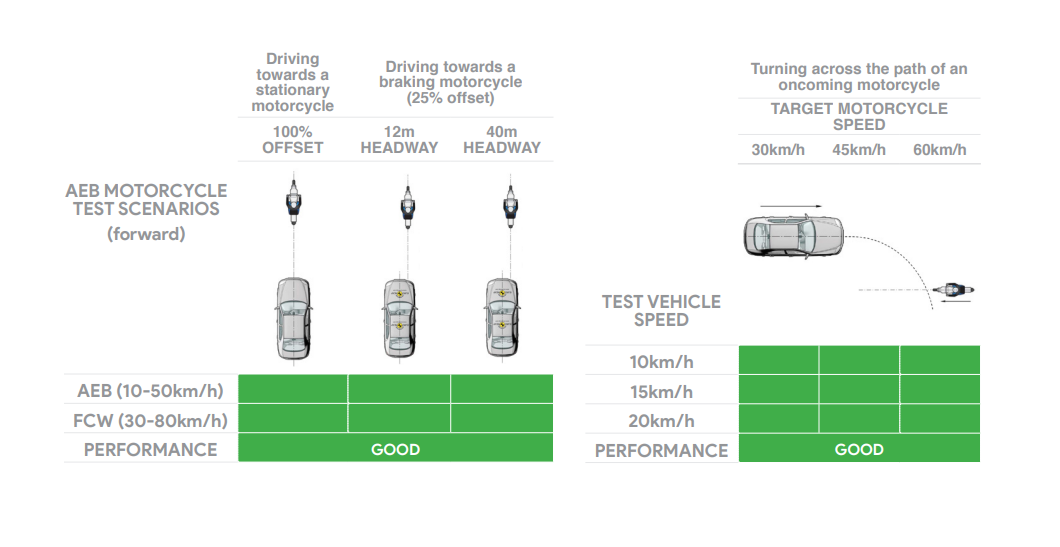
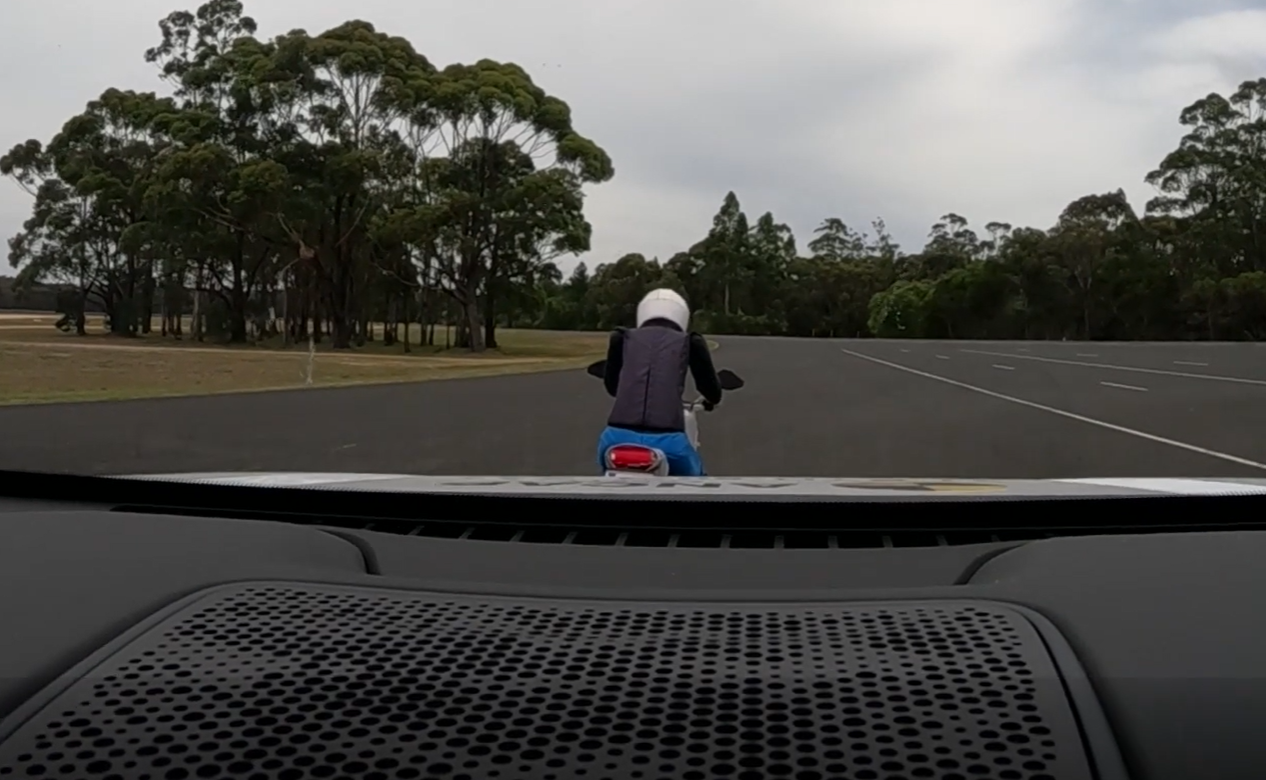
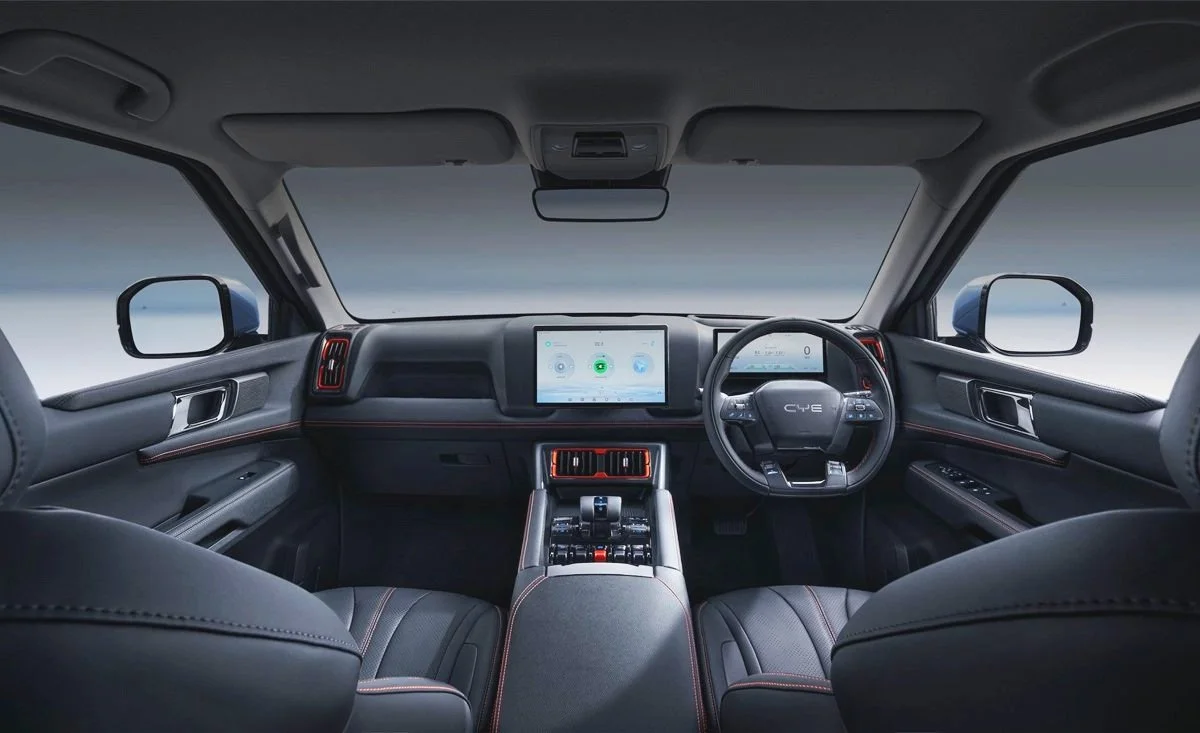
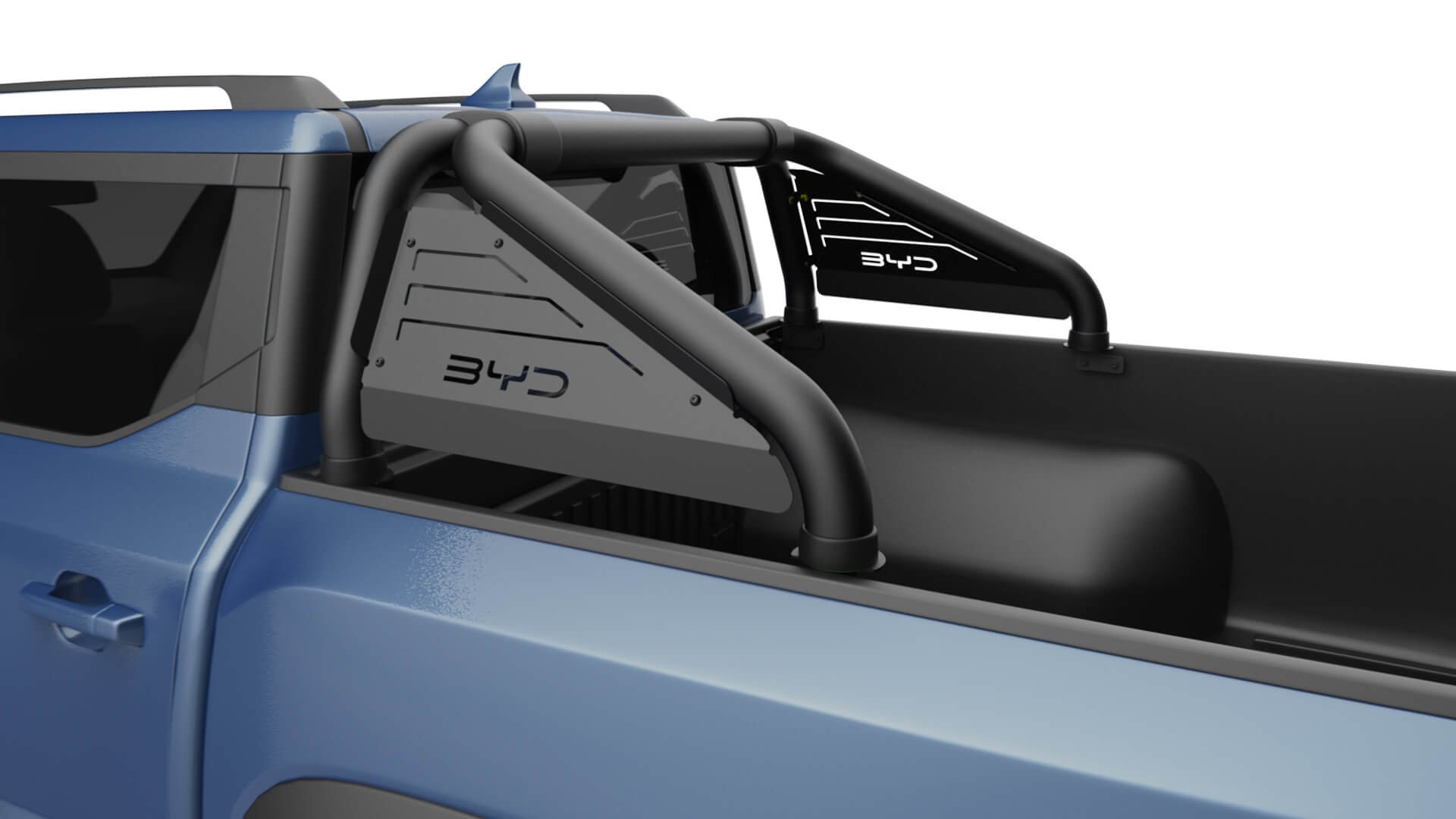





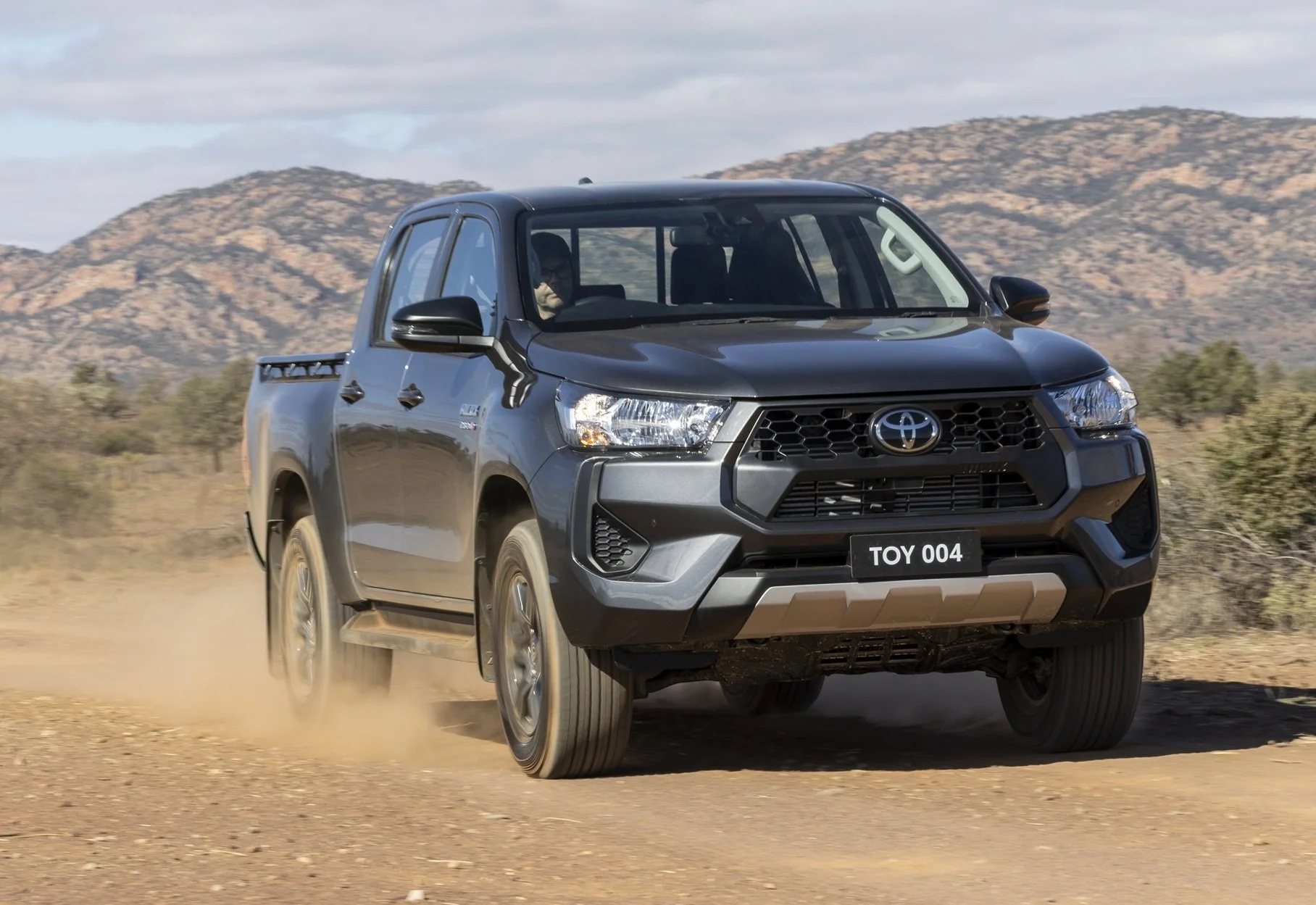



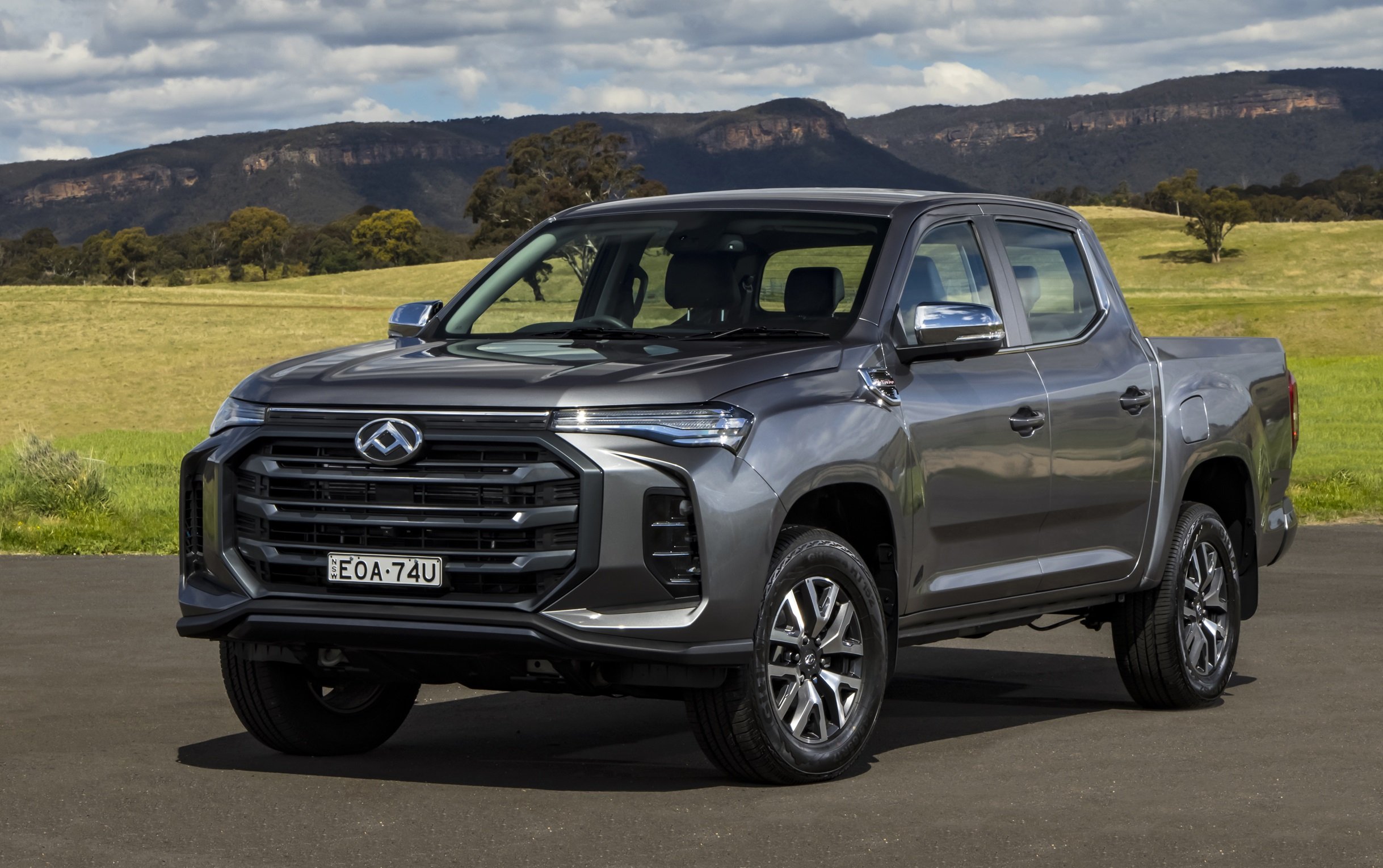
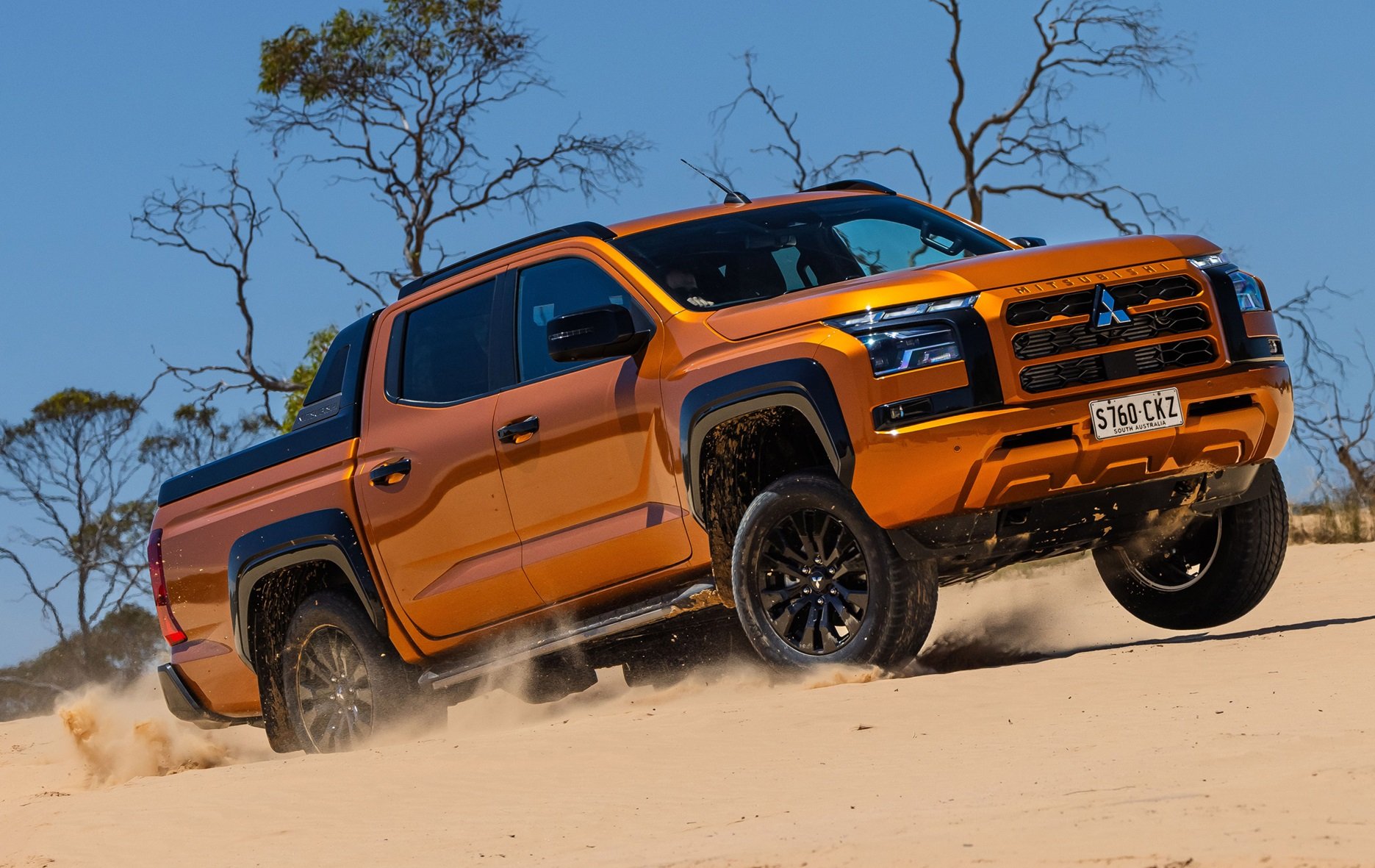
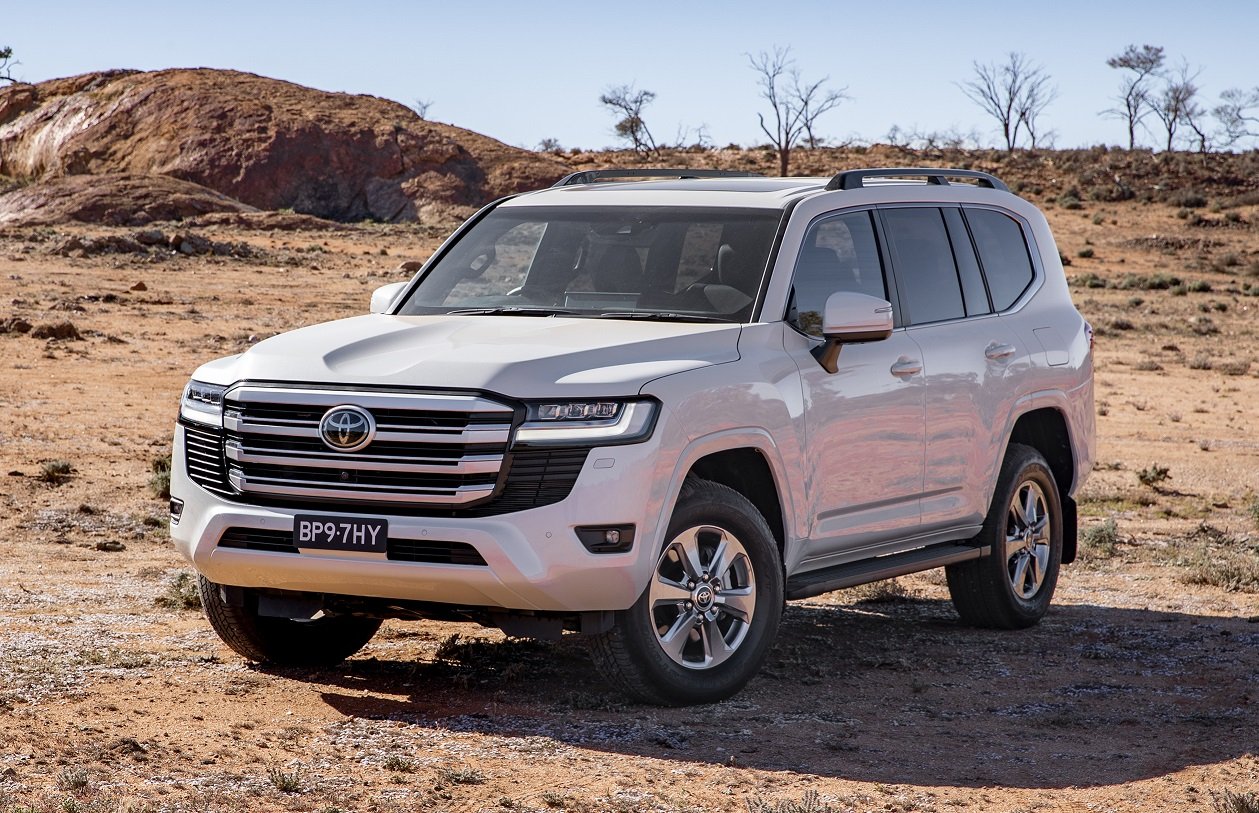


The Nissan Patrol is a proven, rugged 4X4 wagon with pedigree, seven seats and a grunty, reliable engine. Buying a V8 Patrol will save you more than 20 grand compared with a LandCruiser.